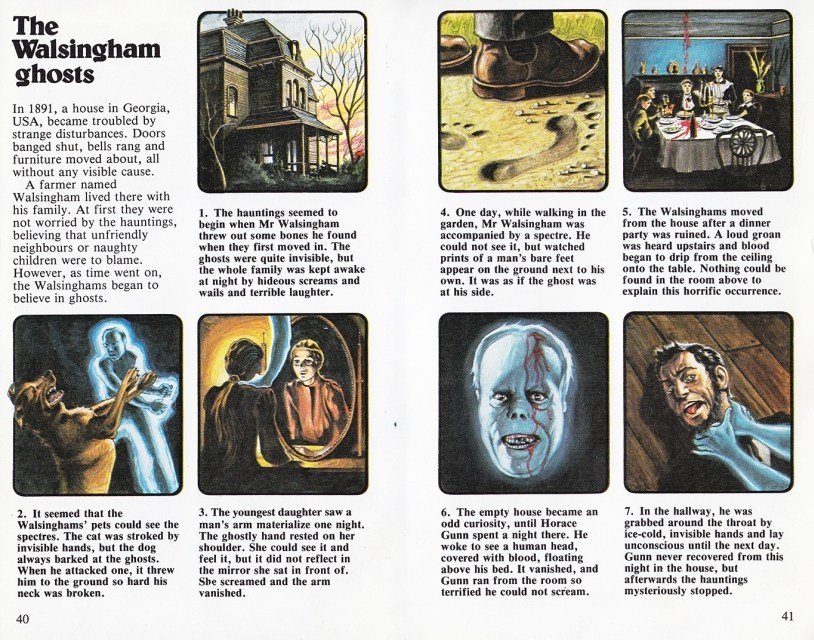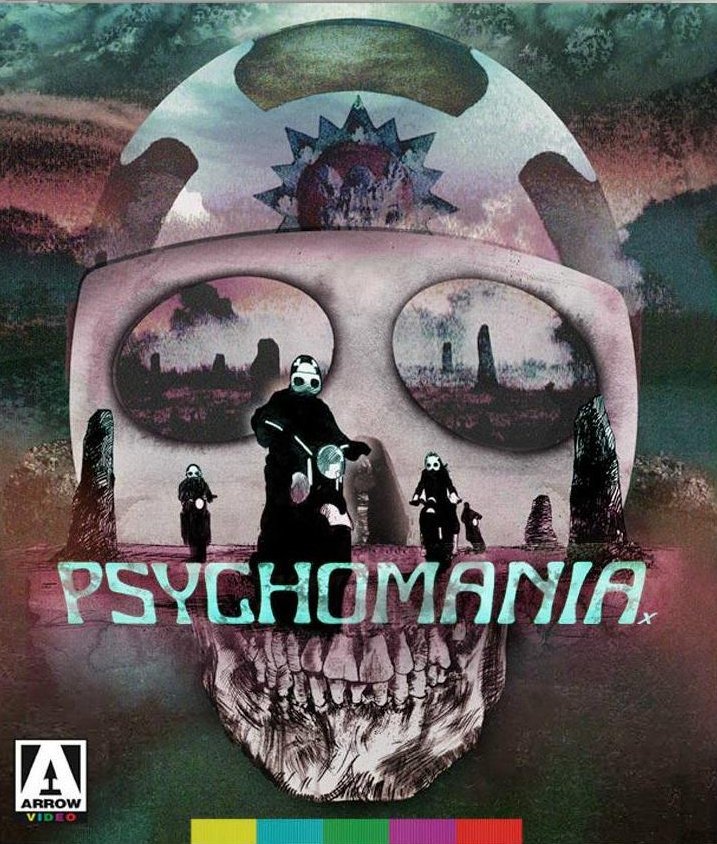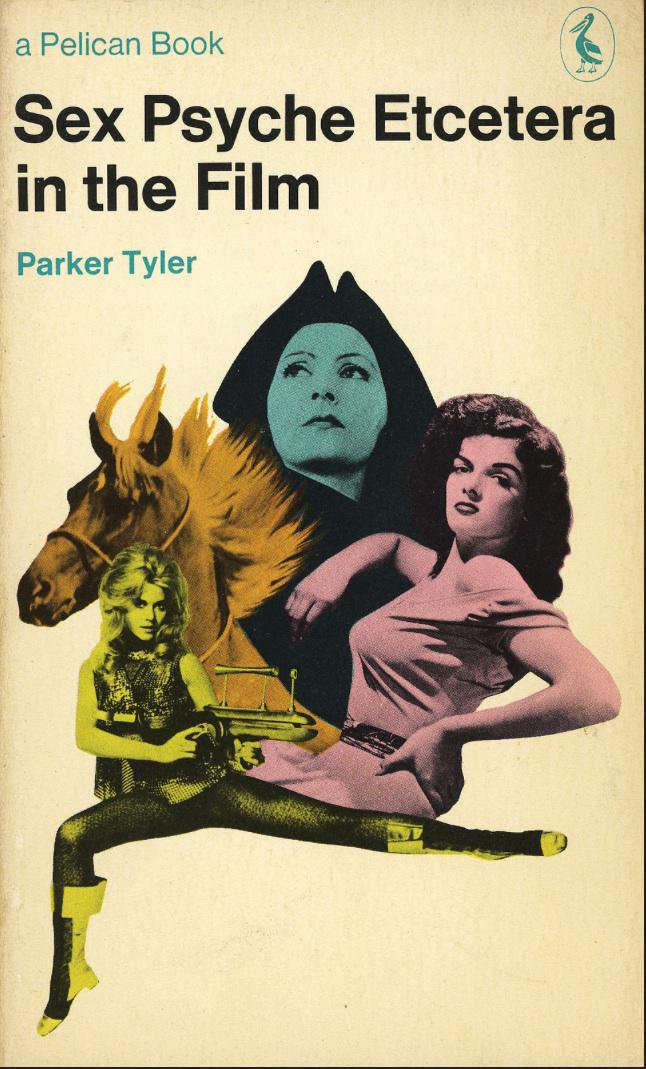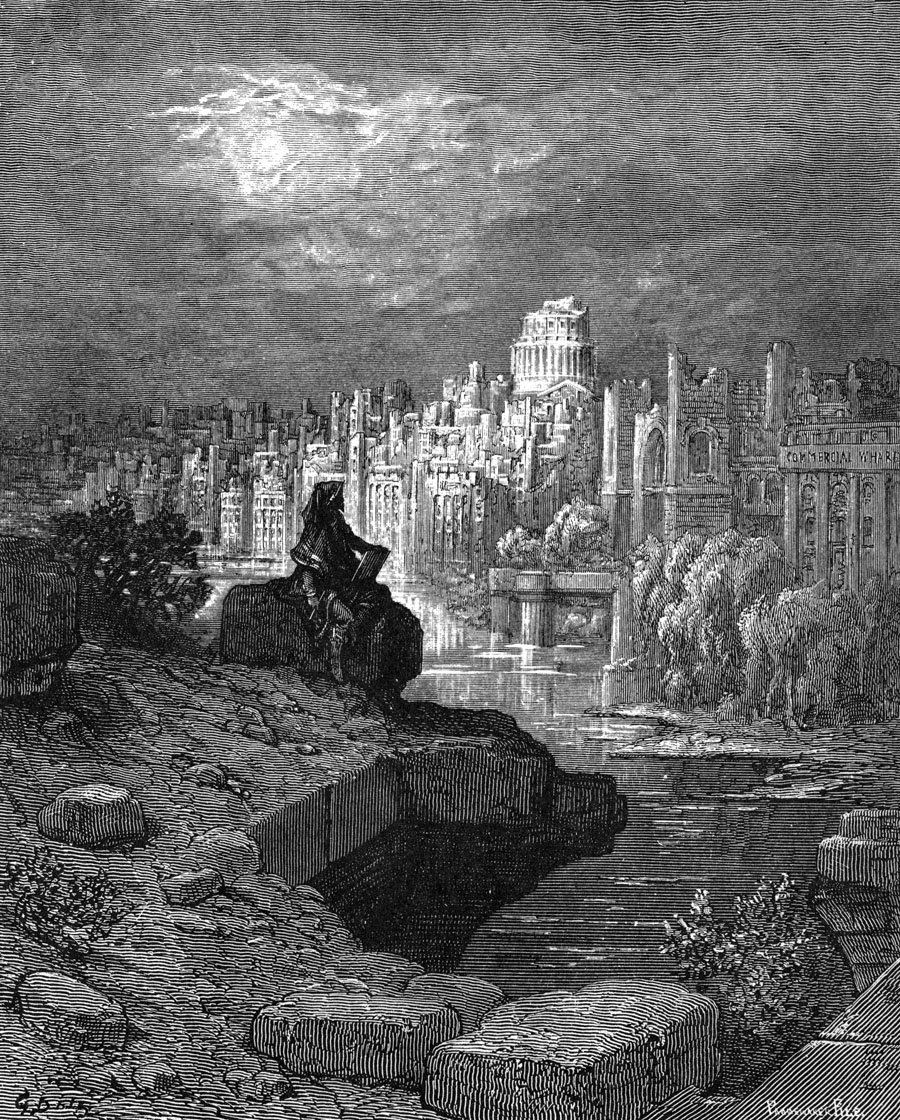As it's #LibrariesWeek let's look back at Britain's favourite library book*: the 1977 Usborne Guide to the Supernatural World!
(*according to my readers)
(*according to my readers)

Supernatural World was an anthology of three existing Usborne pocketbooks: Vampires, Mysterious Powers and Ghosts. As an Usborne hardback it was deemed perfect for the nation's libraries. 



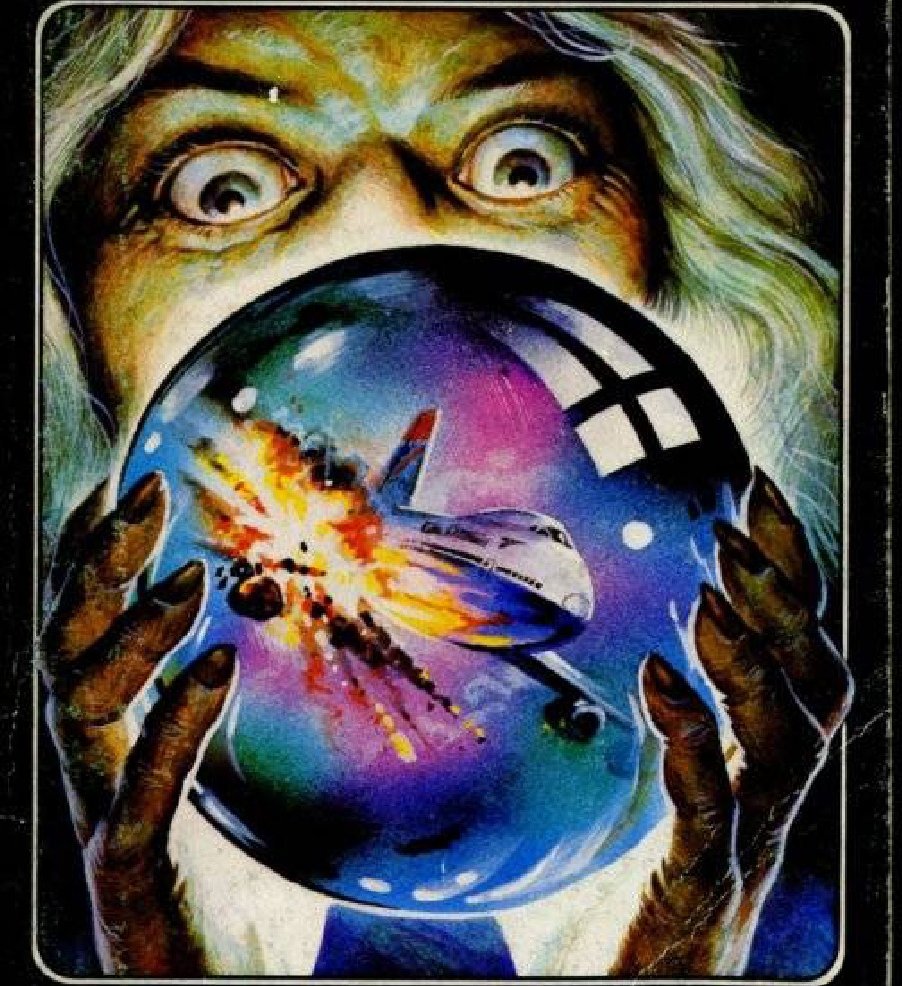

Usborne had previously fascinated and frightened readers with its 1977 World Of The Unknown series: a terrifying triptych of ghosts, monsters and UFOs. Supernatural World would continue in the same vein. 







The Supernatural World series was written by Eric Maple, Lynn Myring and Eliot Humberstone. Illustrations were by a range of artists including Oliver Frey, Sarah Simpson and Elaine Lee. 

Each section of the book starts with an introduction to its topic, setting up the horror in a matter of fact way... 

Being an Usborne book Supernatural World has a fair amount of educational content in it. However it's always presented in a spine-chilling way. 

Usborne did not try to talk down to its young audience. The prose is brisk and to the point, with clear illustrations driving that point home. 

Supernatural Tales was translated into many languages and the book remains popular in Spain, Finland and Russia. Tales of terror work well in any language. 





But it's the images in Supernatural World that stick in the mind. Many adults still shudder today when reminded of them! 

Supernatural Tales was an instant hit in 1979 but has only been reissued once, in 1990. Perhaps it's a book of its time, when children's morbid curiosity was valued and catered for. 

Copies of Supernatural World can still be found on Ebay. However if you did 'borrow' it from your school library some years ago please return it: other readers are waiting!
More stories another time...



More stories another time...




• • •
Missing some Tweet in this thread? You can try to
force a refresh

